Inside The New York Botanical Garden
Jessica Arcate Schuler
Posted in Garden News on December 11 2018, by Plant Talk
Jessica Arcate Schuler is the Director of the Thain Family Forest at The New York Botanical Garden.
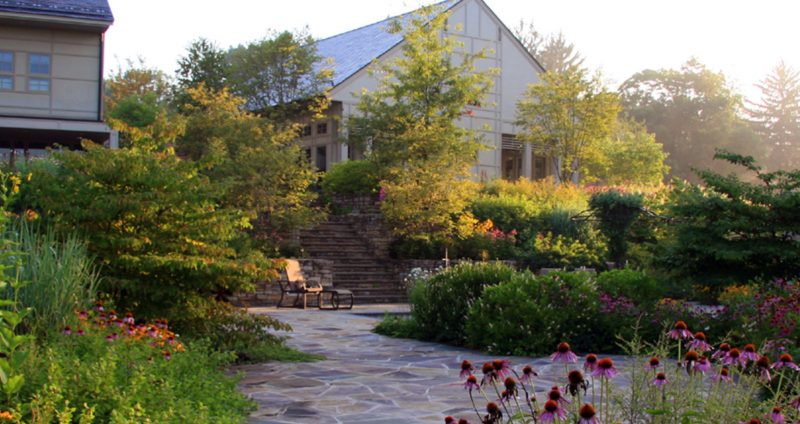
Many gardeners view their gardens as separate and isolated from the larger landscape. In reality, the larger landscape is a connected patchwork of ecosystems that support life. Having an invasive species in our garden does impact a local natural area, planting a diversity of plants including native species benefits wildlife, efficiently managing stormwater, fertilizer, plant health, compost and water use determine a garden’s resilience.
Read More
Posted in Garden News on November 9 2018, by Plant Talk
Jessica Arcate Schuler is the Director of the Thain Family Forest at The New York Botanical Garden.
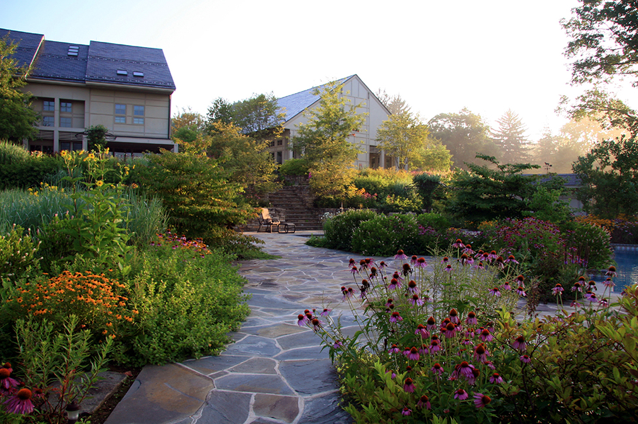
Many gardeners view their gardens as separate and isolated from the larger landscape. In reality, the larger landscape is a connected patchwork of ecosystems that support life. Having an invasive species in our garden does impact a local natural area, planting a diversity of plants including native species benefits wildlife, efficiently managing stormwater, fertilizer, plant health, compost and water use determine a garden’s resilience. On November 28, Cultivating a New Garden Ethic will showcase three distinguished speakers, Larry Weaner, Scott Freeman, and Jan Merryweather, to explore how gardening practices can create beauty and help heal the larger environment.
Read More
Posted in Around the Garden on September 12 2013, by Matt Newman
Every now and then our visitors step up to surprise us, and this is certainly one of those times. Our Director of the Thain Family Forest, Jessica Arcate-Schuler, was making her way across the grounds this week when she came to the waterfall overlook of the Bronx River. It’s not a roaring cascade, but calm and picturesque, with a talkative rush that even the Garden’s caretakers seldom hurry past without a pause.
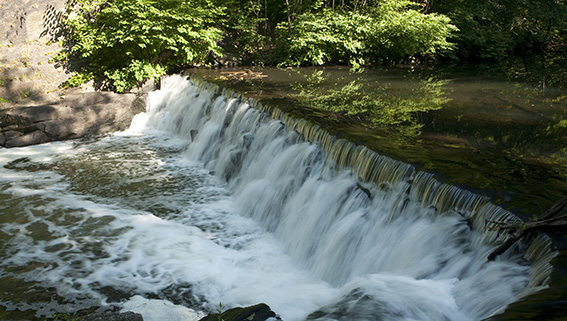
Standing at the rail, Jessica noticed the corner of a note poking out from a gap behind the sign there, but it wasn’t trash. Someone had wedged the paper there to be found. So she plucked it out from its hiding place and read it.
Read More
Posted in Wildlife on September 11 2013, by NYBG Science
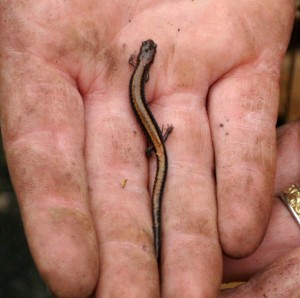 Not every research program that takes place in the Thain Family Forest is geared explicitly toward the trees, though the work done there does tend to knit together at the end of the day. Think of it as a domino effect; an influence on one organism can herald a drastic fallout for others in the web of an individual biome. And, in some cases, certain varieties of plants or animals are relied on as indicator species—”canaries in the coal mine” that speak to the overall health of a given area, signifying changes for better or worse that might otherwise be too subtle to recognize. Salamanders, wherever they’re found, are often a flagship example.
Not every research program that takes place in the Thain Family Forest is geared explicitly toward the trees, though the work done there does tend to knit together at the end of the day. Think of it as a domino effect; an influence on one organism can herald a drastic fallout for others in the web of an individual biome. And, in some cases, certain varieties of plants or animals are relied on as indicator species—”canaries in the coal mine” that speak to the overall health of a given area, signifying changes for better or worse that might otherwise be too subtle to recognize. Salamanders, wherever they’re found, are often a flagship example.
In recent years, a handful of studies here have focused on the small salamander species that call our Forest home: the northern two-lined salamander (Eurycea bislineata), a water-reliant species native to the U.S. and Canada, and the terrestrial redback or woodland salamander (Plethodon cinereus), a species that has evolved to live away from water. Considering how delicate these quick, slippery little amphibians are on average, it’s quite the feat to strike off and make a living under rocks and leaf litter. Of course, even a particular resilience among their own kind doesn’t excuse them from the effects of climate, urbanization, and other challenges.
Read More
Posted in Around the Garden, Science on May 1 2012, by Matthew Pace
Matthew Pace, an expert with the NYBG through 2011, is currently pursuing a Ph.D. in botany at the University of Wisconsin.
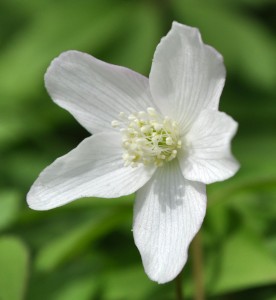 The next time you’re outdoors, take a moment and look around. What plants do you see growing nearby? Have those species always been there? Might there be plants that once grew in that area but are no longer found there? How can we help to protect the plants that we find in a given area? These are questions that many botanists and horticulturalists think about and strive to understand every day. They are central to the issues of conservation and restoration–issues which are also central to the mission of The New York Botanical Garden.
The next time you’re outdoors, take a moment and look around. What plants do you see growing nearby? Have those species always been there? Might there be plants that once grew in that area but are no longer found there? How can we help to protect the plants that we find in a given area? These are questions that many botanists and horticulturalists think about and strive to understand every day. They are central to the issues of conservation and restoration–issues which are also central to the mission of The New York Botanical Garden.
A real-world example of these issues is the case of Anemone quinquefolia and the NYBG. Based on founder Nathaniel Lord Britton’s first list of species originally found on NYBG grounds; field work in the Forest; and herbarium work I had conducted (looking through hundreds of dried plant specimens of species found in the NYC metro-area), I thought Anemone quinquefolia was just one of the 100+ native plant species which have been extirpated since the founding of the Garden (“extirpated” is a word which describes species which were once found in a location, but are no longer found there, a.k.a. local extinction). The last herbarium collections of Anemone quinquefolia were from 1898. Little did I know that I was in for the surprise of the year!
Read More
Posted in Gardens and Collections on April 29 2010, by Plant Talk
For Arbor Day, Staff Name Some Favorites; Tell Us Yours
 Carol Capobianco is Editorial Content Manager at The New York Botanical Garden.
Carol Capobianco is Editorial Content Manager at The New York Botanical Garden.
In honor of Arbor Day tomorrow, I asked some of the Horticulture staff to divulge their favorite tree at the Garden. With over 30,000 trees to select from, this could be daunting. For some, it was a cinch and they rattled off a tale about a special specimen. For others, it was like picking a favorite child, so they gave several choices.
Todd Forrest, Vice President for Horticulture and Living Collections, judiciously noted: “My favorite tree is always the one we just planted, because it helps ensure that our historic landscape will have trees for people to enjoy for decades to come.” (But he later did offer up a name, see below.)
Here, then, are some exceptional trees at the Garden and the reasons why they made the grade. Let us know which of the thousands of trees at the Garden—and we keep planting additional ones—is your favorite. We’d love to hear from you.
Read More






